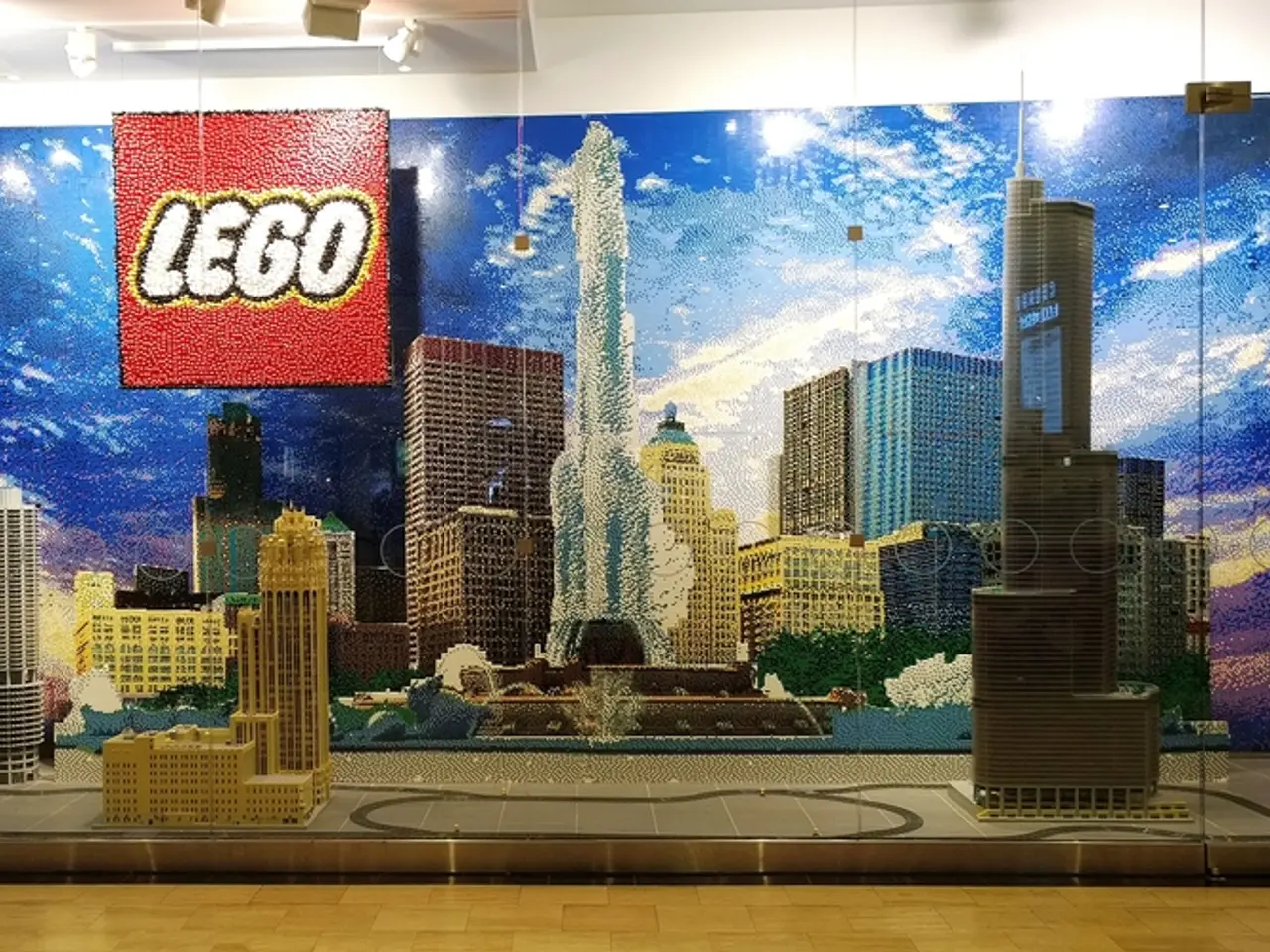Robotics Learning Tool in Education: Lego Mindstorms as a Guide
Lego Mindstorms, a dynamic robotics platform for educational technology, is revolutionizing classrooms across the globe. This programmable brick, sensors, motors, and building elements for customization and experimentation are equipping students with essential skills for a technology-driven future.
Training programs are essential to empower educators with the necessary skills to utilize Lego Mindstorms effectively in classrooms. Ongoing support from Lego experts and education specialists enhances educators' confidence in using this innovative tool. Professional development opportunities, such as workshops, webinars, and personalized coaching sessions, keep educators updated on the latest features and developments.
The Gymnasium Dionysianum Rheine and the Dalton-Gymnasium in Velbert have successfully integrated Lego Mindstorms into their curriculum, using it from early grades to support STEM education and programming skills. These implementations have enhanced students' algorithmic thinking and digital competencies, leading to increased problem-solving abilities, collaboration skills, and student engagement. Such projects promote hands-on learning and have been linked to greater student engagement and improved performance in technical subjects.
Lego Mindstorms combines robotics, creativity, and programming for hands-on learning experiences. The programmable brick serves as the brain of the robot and is compatible with various sensors and motors. Advanced sensors and actuators are anticipated to expand Lego Mindstorms' capabilities, offering more intricate programming options.
The future-looking approach of Lego Mindstorms ensures that students are equipped with the skills and knowledge needed to excel in a technology-driven future. The incorporation of AI and machine learning, augmented reality (AR) and virtual reality (VR) technologies will provide immersive learning environments, enhancing student engagement and creativity. Cloud-based platforms will enable real-time collaboration among students from different locations, fostering a sense of global connectivity.
Support mechanisms for educators include online resources, forums, and communities for idea sharing, advice seeking, and collaboration. Schools can ensure a seamless integration of Lego Mindstorms by investing in comprehensive training and support programs for educators. Quantitative assessments, qualitative feedback, and academic performance analysis can be employed to evaluate the impact of Lego Mindstorms on students' learning experiences.
In conclusion, Lego Mindstorms empowers educators to transform traditional classrooms into innovative hubs of exploration and discovery. By providing hands-on learning experiences in coding, engineering, and problem-solving, it enhances STEM education and equips students with the skills they need to thrive in a technology-driven future.






